Colombia can keep its title this year as the world's number one producer of cocaine.
According to the International Narcotics Control Board's 2011 report released today, 62,000 hectares -- 620 million square meters -- of Colombian land was devoted to the cultivation of the illicit narcotic in 2010. That amount is equivalent to more than 57,000 soccer fields.
Though the area decreased by 11,000 hectare, or 15 percent, from 2009, Colombia still encompasses the largest portion of South America's 154,200 hectares of illicit coca bush cultivation. Peru follows closely behind with 61,200 hectares, and Bolivia houses 31,000 hectares.
Despite ongoing cocaine seizures, including a shift from North American consumer markets to source areas in South America, the region has seen only a 6 percent hectare decrease since 2009.
From South America, a vast majority of the illegal product is shipped to North America –- the world’s largest drug market -- by both air and water.
Mexico remains a major hub of transit for narcotics traveling north to the U. S., trafficking 90 percent of the nation's cocaine. But pressure from Mexican authorities has forced some drug cartels to move their operations to other Central American countries. Honduras, Costa Rica and Nicaragua have risen to the occasion and presented themselves as major transit centers for drug smuggling to the U.S.
According to the report, traffickers often use speed boats and submarines, along with light aircraft, to move illicit substances north from South America.
The International Narcotics Control Board, an independent monitoring body of the United Nations, publishes an annual report that summarizes nationwide drug control and identifies trends. Aside from its findings on cocaine production and trafficking, the organization also warned of a recent influx in the use of illegal Internet pharmacies to distribute illicit drugs.
Often times, these pharmacies advertise their services through social media to reach a larger audience and convince customers that they are legitimate. However, the World Health Organization has found that over half of the “medicines” sold through these pharmacies are counterfeit.
CORRECTION: A previous version of this article miscalculated the cocaine acreage-to-soccer field ratio, and the figures have been adjusted.